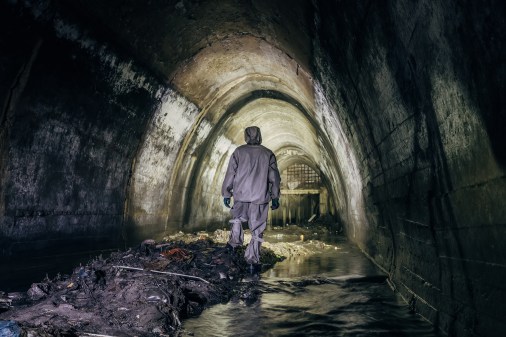Cool cows equal cold hard cash

The University of Missouri released a new mobile application that monitors heat-related stresses on beef and dairy cattle and alerts farmers when there is a problem.
“Cows are like the rest of us,” said Don Spiers, professor of animal sciences at Mizzou’s College of Agriculture, Food and Natural Resources, and who led the team that developed the app. “They slow down in hot and humid weather. When stressed by too much heat, they stop eating, and thus fail to grain weight or produce milk.”
That problem can result in big losses for farmers, who Spiers said the dairy industry loses $900 million annually and the beef industry loses $400 million because of this problem.
The app receives temperature and humidity data from the weather service according to the location of the user. The farmer tells the app if it is beef or dairy cow, if it is in the barn or outside, if it is on the pasture or feed lot, its health status and other information.
With that, the app calculates the animal’s Temperature Humidity Index, or the THI. If the THI is not stressful, the app shows green for that cow. If heat stress is an issue, the color goes to yellow and then orange. Red indicates a life-threatening condition.
When farmers know that their animals are stressed, they can intervene with additional shade, fans or water misters to improve comfort and productivity. The app is tied to a MU database called ThermalNet, which provides additional climate and weather data, as well as tips to manage heat stress.
Spiers said the university is already at work at an improved version called ThermalAid Pro that will automatically pull in ambient temperate and humidity data from sensors that the farmer puts at different locations on the farm site, increasing the accuracy of the THI calculation.
That app will create a regional database of heat stress information, giving farmers a new tool to combat losses, and scientists associated with the project will use the new information to develop better predictors of the impact of heat stress on animals.
“Ideally, we need temperature modules placed in different locations on the farm site that provide real-time readings and inputs — but that development is costly at present,” Spiers said.





